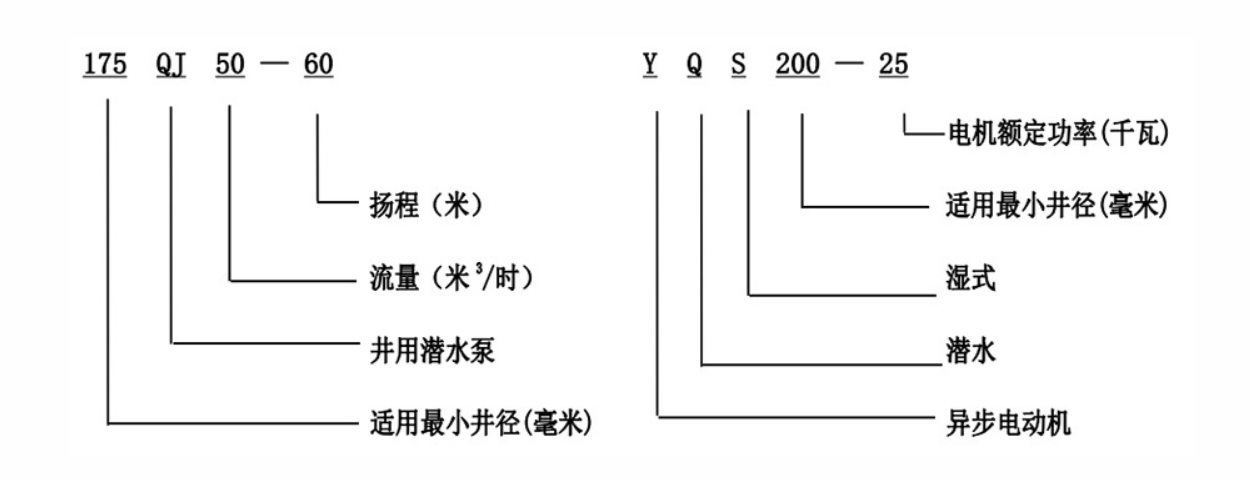Oct . 12, 2024 01:08 Back to list
Control Systems for Submersible Pump Operations and Management
Understanding Submersible Pump Control Boxes A Comprehensive Guide
Submersible pumps are a staple in various industries due to their efficiency and reliability in moving liquids from one location to another. However, the effective operation of a submersible pump is heavily reliant on its control box, which serves as the brain of the entire system. This article will explore the fundamental aspects of submersible pump control boxes, including their functions, features, and importance in ensuring the optimal performance of submersible pumps.
What is a Submersible Pump Control Box?
A submersible pump control box is an electrical enclosure that houses the electrical components necessary for the operation and control of a submersible pump. This control box is usually located above ground and manages the power supply to the pump, regulates its performance, and provides protection against electrical faults.
Key Functions of Control Boxes
1. Power Supply Management The control box supplies the necessary electrical power to the pump. Depending on the design, it can handle different voltage levels and ensure that the pump receives the correct voltage for optimal operation.
2. Protection Mechanisms Safety is paramount in any electrical system. Control boxes typically incorporate several protection features such as overcurrent protection, short circuit protection, and overload relays. These features prevent damage to the pump due to electrical faults, prolonging its lifespan and maintaining operational reliability.
3. Control Systems Control boxes are equipped with various control systems that allow for manual or automatic operation of the pump. This includes start-stop controls, timers, and level sensors that can automatically activate or deactivate the pump based on fluid levels.
4. Monitoring and Diagnostics Modern control boxes often include monitoring systems that provide data on the pump's performance, energy consumption, and operational status. This capability facilitates predictive maintenance by alerting operators to potential issues before they result in major failures.
submersible pump control box

Features of Submersible Pump Control Boxes
Control boxes come with a variety of features designed to enhance functionality and convenience
- Weatherproof Design Most control boxes are built to withstand harsh environmental conditions. They are usually made from durable materials that are resistant to moisture, dust, and various chemicals.
- User-Friendly Interfaces Many control boxes are equipped with digital displays, allowing for easy monitoring and adjustment of settings. This user-friendly interface enhances operator experience and efficiency.
- Multiple Pump Controls Some control boxes can manage multiple pumps simultaneously. This is particularly useful in applications such as wastewater management, where several pumps may need to operate in tandem.
Importance of a Quality Control Box
The quality of a submersible pump control box significantly impacts the overall performance and reliability of the pumping system. A well-designed control box ensures efficient energy use, minimizes operational downtime, and enhances safety. On the other hand, poor quality or improperly maintained control boxes can lead to frequent breakdowns, increased energy costs, and potentially hazardous situations.
Conclusion
In conclusion, a submersible pump control box is a critical component that influences the efficiency and reliability of submersible pump systems. Understanding its functions, features, and importance is essential for anyone involved in the design, installation, or maintenance of submersible pumps. By choosing a high-quality control box and ensuring it is regularly maintained, operators can optimize pump performance and extend the life of their equipment, ultimately leading to significant cost savings over time. As technology continues to advance, we can expect further enhancements in control box capabilities, making these systems even more efficient and user-friendly.
-
Submersible Water Pump: The Efficient 'Power Pioneer' of the Underwater World
NewsJul.01,2025
-
Submersible Pond Pump: The Hidden Guardian of Water Landscape Ecology
NewsJul.01,2025
-
Stainless Well Pump: A Reliable and Durable Pumping Main Force
NewsJul.01,2025
-
Stainless Steel Submersible Pump: An Efficient and Versatile Tool for Underwater Operations
NewsJul.01,2025
-
Deep Well Submersible Pump: An Efficient 'Sucker' of Groundwater Sources
NewsJul.01,2025
-
Deep Water Well Pump: An Efficient 'Sucker' of Groundwater Sources
NewsJul.01,2025
-
 Submersible Water Pump: The Efficient 'Power Pioneer' of the Underwater WorldIn the field of hydraulic equipment, the Submersible Water Pump has become the core equipment for underwater operations and water resource transportation due to its unique design and excellent performance.Detail
Submersible Water Pump: The Efficient 'Power Pioneer' of the Underwater WorldIn the field of hydraulic equipment, the Submersible Water Pump has become the core equipment for underwater operations and water resource transportation due to its unique design and excellent performance.Detail -
 Submersible Pond Pump: The Hidden Guardian of Water Landscape EcologyIn courtyard landscapes, ecological ponds, and even small-scale water conservancy projects, there is a silent yet indispensable equipment - the Submersible Pond Pump.Detail
Submersible Pond Pump: The Hidden Guardian of Water Landscape EcologyIn courtyard landscapes, ecological ponds, and even small-scale water conservancy projects, there is a silent yet indispensable equipment - the Submersible Pond Pump.Detail -
 Stainless Well Pump: A Reliable and Durable Pumping Main ForceIn the field of water resource transportation, Stainless Well Pump has become the core equipment for various pumping scenarios with its excellent performance and reliable quality.Detail
Stainless Well Pump: A Reliable and Durable Pumping Main ForceIn the field of water resource transportation, Stainless Well Pump has become the core equipment for various pumping scenarios with its excellent performance and reliable quality.Detail
